Tired of fighting against stubborn crumbs and mysterious dust in your car? The right kind of vacuum can make a big difference. The following guide will walk you through selecting an ideal car vacuum. It explains suction strength, the important features to look for, and how to balance power with practicality. Be it that you're a cleaning freak or just want to keep your car neat and clean; knowing something about car vacuum strength definitely enriches your cleaning schedule.
Car Vacuum Strength: What You Need to Know
Choosing the right car vacuum starts with understanding its strength. A vacuum's power determines how effectively it can clean your vehicle's interior. Before that informed choice could be made, it will be important that you understand a few key concepts.
Suction Power and Airflow: Key Components
Car vacuum performance depends significantly on both suction power and airflow. Suction power lifts debris off the surfaces. It draws dirt, dust, and particles into the vacuum. Airflow, on the other hand, refers to the quantity of air that moves in a specific time set by the vacuum. Both factors determine how a car vacuum cleans.
Measuring Car Vacuum Strength
Two main units measure car vacuum strength:
- Pascals (Pa): This unit shows suction power. It measures the pressure difference the vacuum creates. Higher Pascal numbers mean stronger suction.
- Air Watts (AW): This unit combines suction power and airflow. It gives a complete picture of vacuum performance. Air Watts account for the vacuum motor's work in moving air and suctioning debris.
Strength and Cleaning Efficiency in Car Vacuums
It is apparent that the power of a car vacuum determines its cleaning capability: the higher the suction power, the larger the weight of the particles it picks up and pulls from deeper in the car carpet or upholstery. Strong airflow moves the lifted debris into the collection area of the vacuum.
Stronger isn't always better. Super-strong suction can make a car vacuum hard to maneuver-particularly when dealing with tight areas of smaller vehicles. The best car vacuums are those that balance power and ease of use.
For cars, adjustable suction is handy on the vacuums. When you have tough dirt, increase the power, and where the area is critical or if it's an easily flown-away item, such as floor mats, reduce the power.
How to Determine Optimal Suction Power for Car Cleaning
Your car vacuum's suction power selection is based on a number of criteria. The optimal vacuum strength depends on the kind of trash, the size of your automobile, and how you use it.
Common Car Debris and Their Cleaning Challenges
Cars accumulate various types of debris:
- Dust and dirt: These tiny particles can seep into fabric fibers after settling on surfaces.
- Food crumbs: If left uncleaned, these, which are frequently discovered in floor mats and cracks in seats, might draw bugs.
- Pet hair: This sticky detritus can be quite difficult to remove, especially from furniture.
- Sand and small rocks: If not immediately cleaned, these abrasive particles can cause damage to interior surfaces.
Different suction powers are needed for different types of trash to be removed effectively.
Car Size and Usage: How They Affect Vacuum Needs
The required suction power is influenced by the size of your car:
- Compact cars: Because of their smaller inside spaces, they typically require less powerful vacuums.
- SUVs and vans: Frequently require more powerful suction to efficiently clean wider regions.
Your car's usage also matters:
- Daily commuters: They might gather more tiny particles and dirt, requiring moderate, steady suction.
- Family vehicles: They frequently have more difficult cleaning tasks, necessitating stronger suction power.
- Off-road vehicles: To manage mud, sand, and other outside materials, they might require the highest suction.
Professional Standards for Car Vacuum Strength
Professional detailers typically use vacuums with:
- Suction power: 1500-2000 Pa
- Airflow: 50-100 CFM (cubic feet per minute)
- Motor power: 500-1200 watts
These ranges ensure thorough cleaning of most vehicle interiors. However, for personal use, slightly lower specifications can still provide satisfactory results.
A Quick Overview of Car Vacuum Types Comparison
| Feature | Handheld Vacuums | Corded Vacuums | Cordless Vacuums |
|---|---|---|---|
| Suction Power | 1000-2000 Pa | 2000-3000 Pa | 1500-2500 Pa |
| Portability | High | Low | High |
| Power Source | Battery or Corded | Wall Outlet | Rechargeable Battery |
| Runtime | Limited (if battery-powered) | Unlimited | Limited |
| Weight | Light | Medium to Heavy | Medium |
| Best For | Quick clean-ups, tight spaces | Deep cleaning | Regular maintenance |
| Dust Capacity | Small | Large | Medium |
| Maneuverability | Excellent | Limited by cord | Excellent |
| Ideal Car Size | Small to Medium | Any size | Small to Large |
| Price Range | Low to Medium | Medium to High | Medium to High |
Three Types of Car Vacuums and Their Suction Power
Car vacuums are divided into three types, each with different suction capabilities. Convenience, power needs, and usage frequency-different factors have to be considered in order to make your choice.
1. Handheld Car Vacuums: Compact Cleaners
These are popular due to their portability. They usually have a suction power between 1000-2000 Pa. They serve well for small, limited areas and thus can navigate well in small areas; they are lightweight, hence suitable for a quick cleaning job. However, they are weaker compared to their big brothers and usually have a smaller dust capacity. Handheld vacuums are best suited for getting into tight spaces, such as between seats, or if one does frequent light cleaning.
2. Corded Car Vacuums: Consistent Power
Corded vacuums have guaranteed power and no restriction of any sort from a battery. The suction power generally falls in the range of 2000-3000 Pa. These vacuums give consistent strong suction with no issues of battery life. The primary shortcoming is restricted mobility because of the length of the cord and finding a source of power. Corded vacuums should be used when you want to have a deep, thorough cleaning session and have access to power.
3. Cordless Car Vacuums: Portable Performers
Cordless vacuums balance mobility with decent suction power. Their suction capability widely ranges around the average value of 1500-2500 Pa. Free from the stress of cord restriction, in return, they have very limited runtime, and their suction can be minimized once the battery starts to drain. However, cordless vacuums are a great option to perform regular maintenance cleaning, especially when outlets are not in close proximity.
How to Choose the Right Type for Your Needs
When choosing a car vacuum, take into account the following factors:
- Cleaning frequency: A portable or cordless device may be preferable for daily touch-ups.
- Car size: The prolonged power of corded vacuums may be advantageous for larger cars.
- Access to power: Regular travelers may like cordless devices.
- Storage space: Smaller portable devices may be required for cars with restricted storage spaces or compact autos.
A trade-off is made between power, convenience, and versatility for each type. The best option for you will rely on your unique preferences and car cleaning habits.
Essential Features of Effective Car Vacuums
There are a number of vital features incorporated in making the car vacuum perfect for cleaning. They combine to provide an efficient cleaner able to sustain operations over a considerable period.
Motor Power and Design: The Heart of Suction
The motor is the heart of any vacuum cleaner. For car vacuums, it needs to be high-capacity to develop enough suction to handle perhaps the most recalcitrant dirt and debris. Ensure that the models you consider have motors rated between 100 to 200 watts for handheld models and as high as 1200 watts for their larger, corded brothers.
The design of the motor is also of critical relevance: some models make use of cyclonic technology, which executes air spinning at a high speed and separates dust and other forms of debris from airflow. This promotes the maintenance of suction even when the dust cup is filled.
Efficient motors provide strong suction and further promote overall energy efficiency of the vacuum. This especially applies to the models operated by a battery because power consumption directly affects runtime.
Filter Quality: Breathing Life into Your Vacuum
The filter system of a vacuum is very important on two major counts:
- It traps fine particles, preventing them from being released back into the air.
- It affects the vacuum's suction power and overall performance.
High-quality filters can filter to even 0.3 microns. This can be very useful for people with allergies. HEPA stands for High-Efficiency Particulate Air and is a good quality filter.
Many models have multi-stage filtration. These typically comprise the following:
- A pre-filter to catch larger debris
- A main filter for finer particles
- A post-motor filter for the tiniest particulates
Regular filter maintenance is paramount. A clogged filter obstructs the suction power immensely and strains the motor. There are models with washable or easy-to-replace filters so that performance is not sacrificed.
Battery Life and Performance: Powering Through the Clean
For cordless car vacuums, battery life is a critical consideration. Most modern models use lithium-ion batteries, known for their long life and consistent power output.
Key factors to consider include:
- Runtime: Look for vacuums offering at least 15-20 minutes of continuous use. Some high-end models can run for up to 40 minutes on a single charge.
- Charging time: Faster charging times (2-4 hours) are more convenient, especially if you clean your car frequently.
- Battery indicators: Clear battery level indicators help you avoid running out of power mid-clean.
Some vacuums offer multiple power settings. While high-power modes provide stronger suction, they drain the battery faster. Lower power settings can extend runtime for lighter cleaning tasks.
Tools to Boost Your Car Vacuum's Cleaning Power
Although a powerful suction is essential, it can be enhanced with the appropriate equipment. These accessories enable you to thoroughly clean your car, including the difficult-to-reach areas.
1. Crevice Tools: Reaching Tight Spaces
Tight places are a perfect fit for these long, thin attachments. Utilize them to clean the spaces inside air vents, doors, and between seats. They concentrate the suction force to remove dirt from confined spaces.
2. Brush Attachments: Tackling Different Surfaces
The dashboard and other delicate areas are best cleaned with soft brushes. Firmer brushes are effective in removing debris from carpets and matting before vacuuming.
3. Upholstery Tools: Cleaning Fabric Surfaces
There are often cloth strips on these broad, flat connectors. They are ideal for cleaning the carpet in the trunk, the ceiling, and the seats. They efficiently get rid of hair, dust, and loose fibers.
4. Flexible Hoses: Extending Your Reach
You can clean your entire car without having to move the vacuum unit thanks to a long, flexible hose. Seek for hoses with a minimum length of 4-6 feet. Cleaning at strange angles and around obstructions is made easier with a flexible hose.
5. Specialized Attachments
- Pet hair removers: These tools often use rubber or silicone to pick up pet hair from fabric seats and carpets.
- Motorized brushes: These are great for stubborn dirt. They shake up carpet fibers and seats, making it easier to remove deeply stuck dirt.
- Air compressor attachments: Some car vacuums can also work as air compressors. This is handy for pumping up tires or sports equipment.
- Wet/dry capabilities: If you often deal with spills or live somewhere rainy, a vacuum that can handle liquids is useful.
The best car vacuum isn't just about strong suction – it's about having the right tools to use that power effectively. With strong suction and useful attachments, you'll be ready to keep your car clean, no matter what messes you face.
Get the Right Vacuum for Your Car!
Selecting the best vehicle vacuum just becomes a little bit simpler with this new information. Think about your car's size, the kind of debris you often clean, and how frequently you should vacuum it. Remember to search for these useful attachments as well. Whether it's portable, corded, or cordless, the ideal vacuum will have precisely the proper amount of power and equipment to finish the job. Finding the ideal vacuum will make it easier for you to maintain a clean car. Get the ideal car vacuum right now to enhance your driving experience in style.

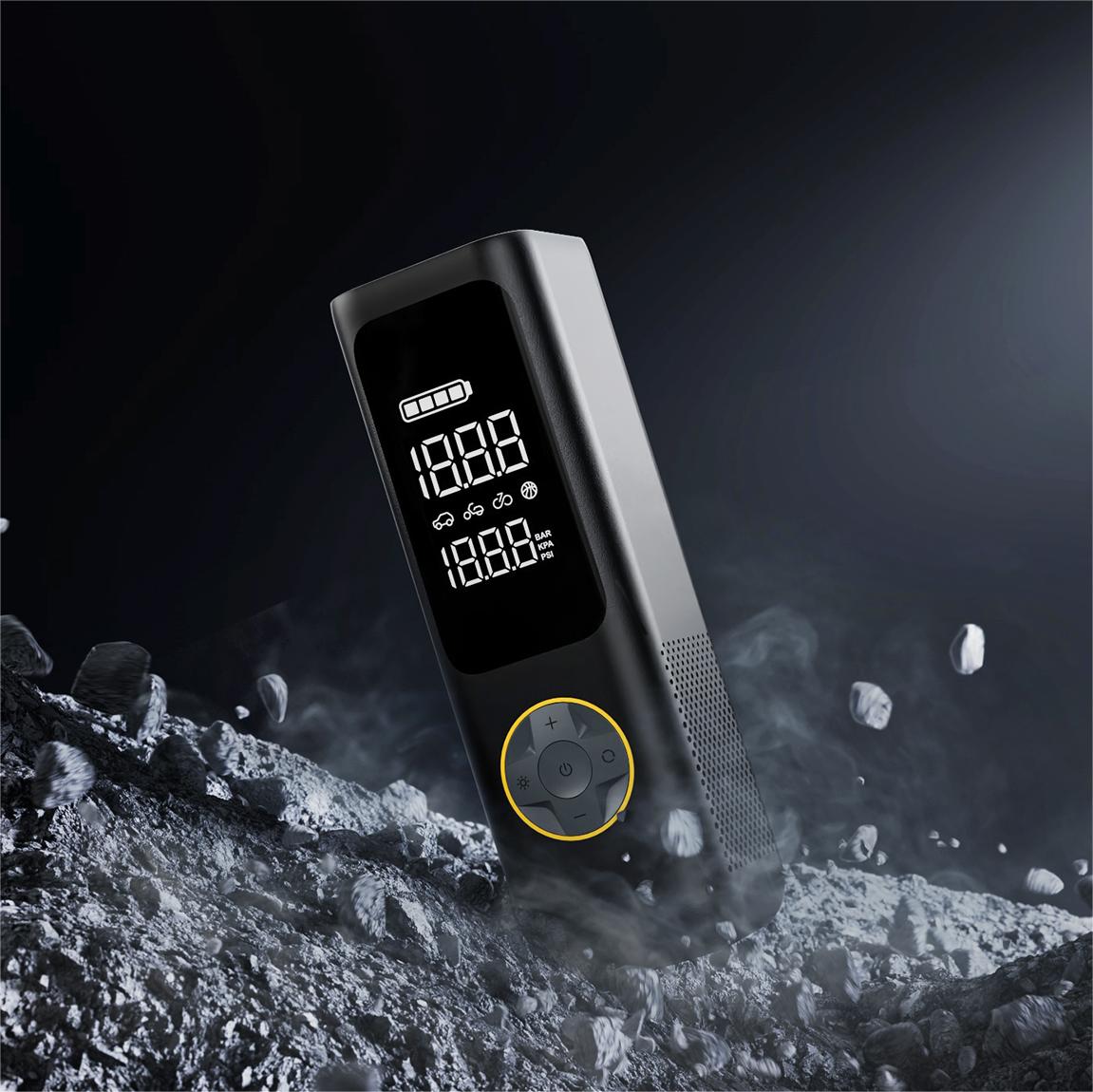


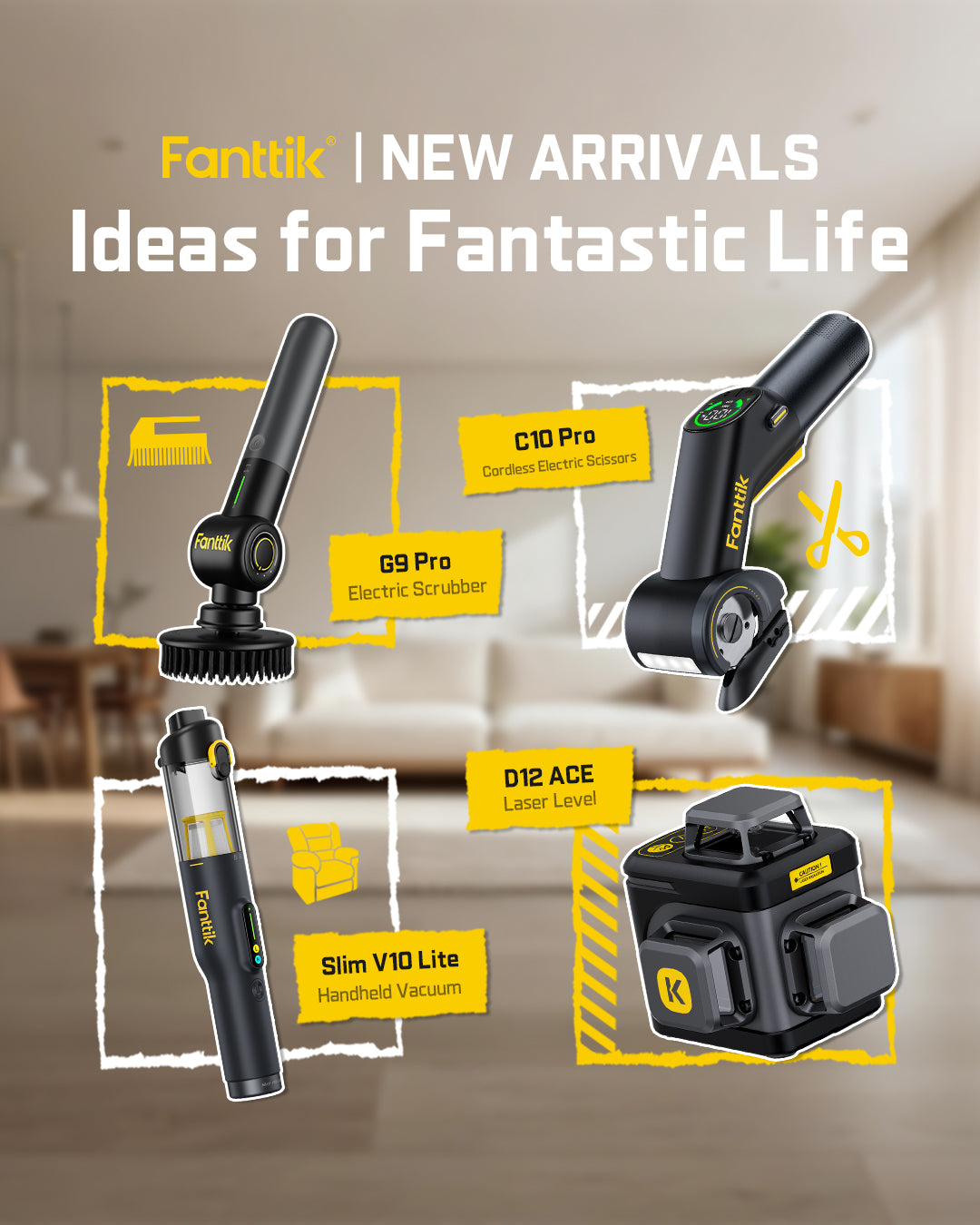
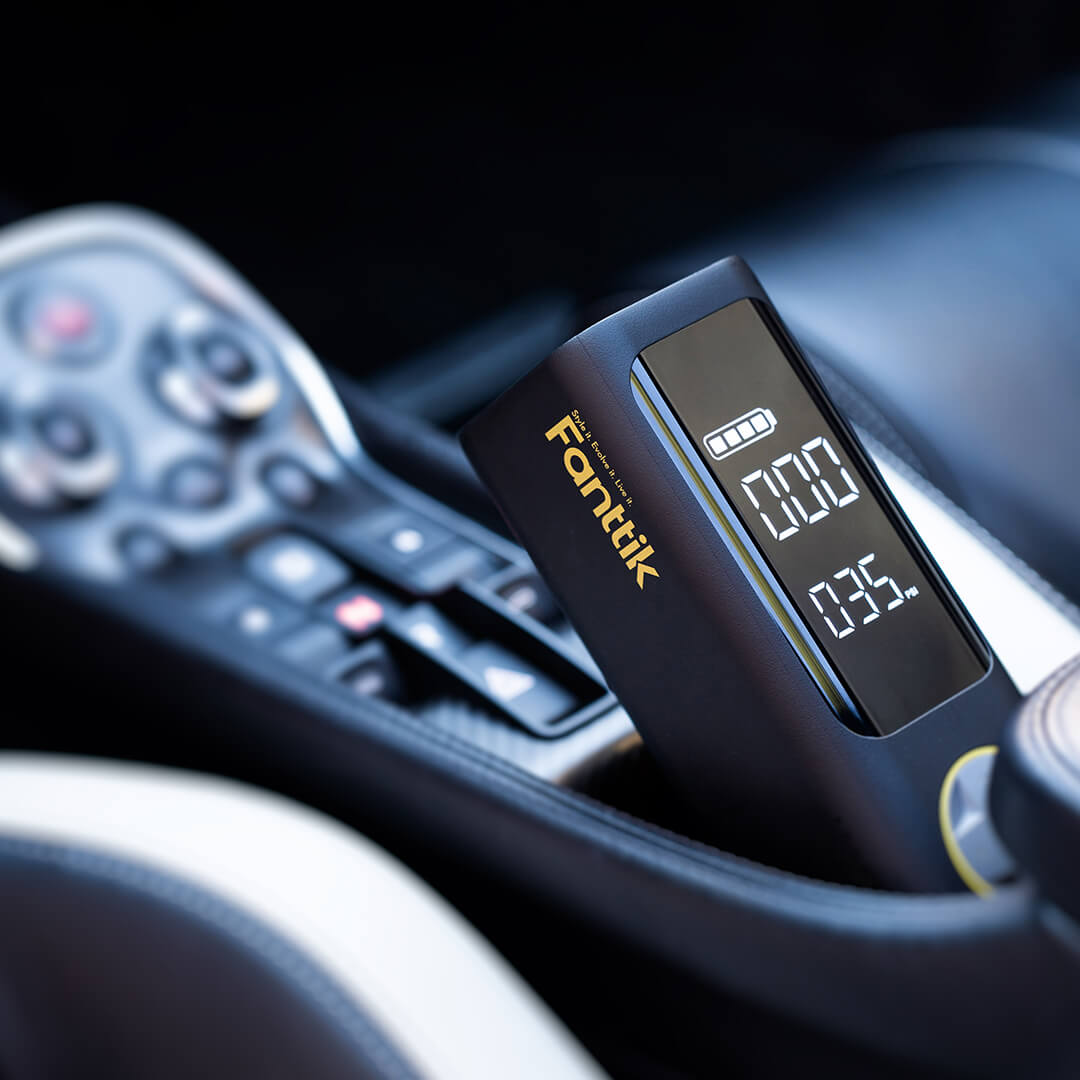
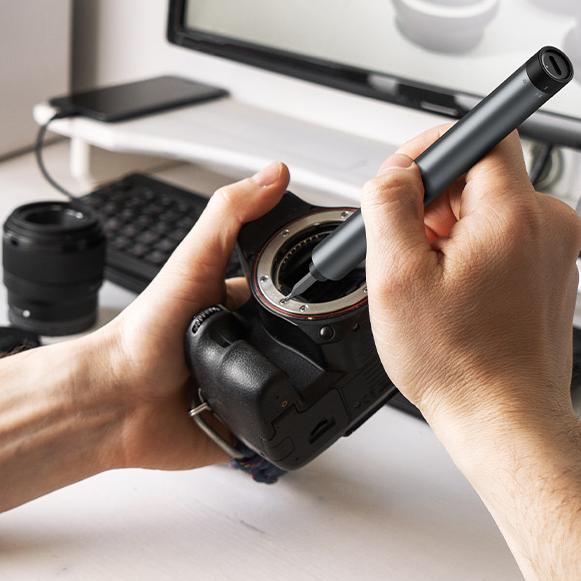





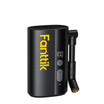
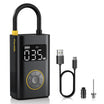
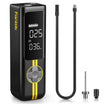
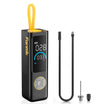
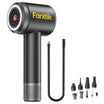
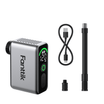
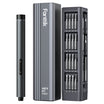
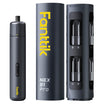
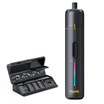
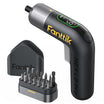
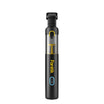
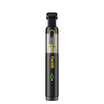
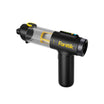
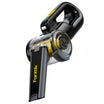
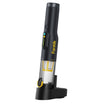
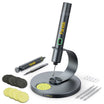
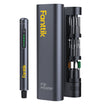
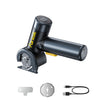
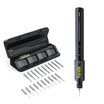
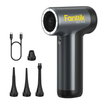
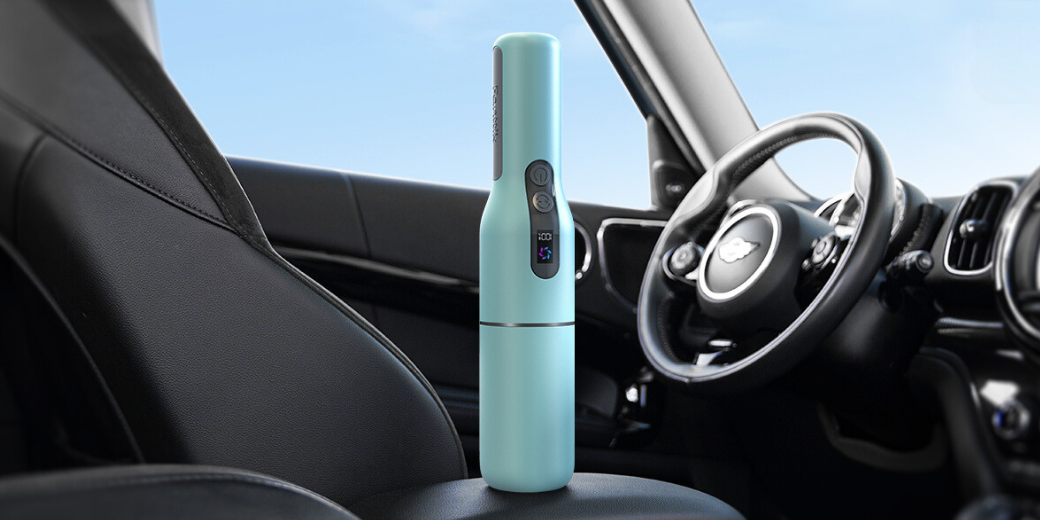
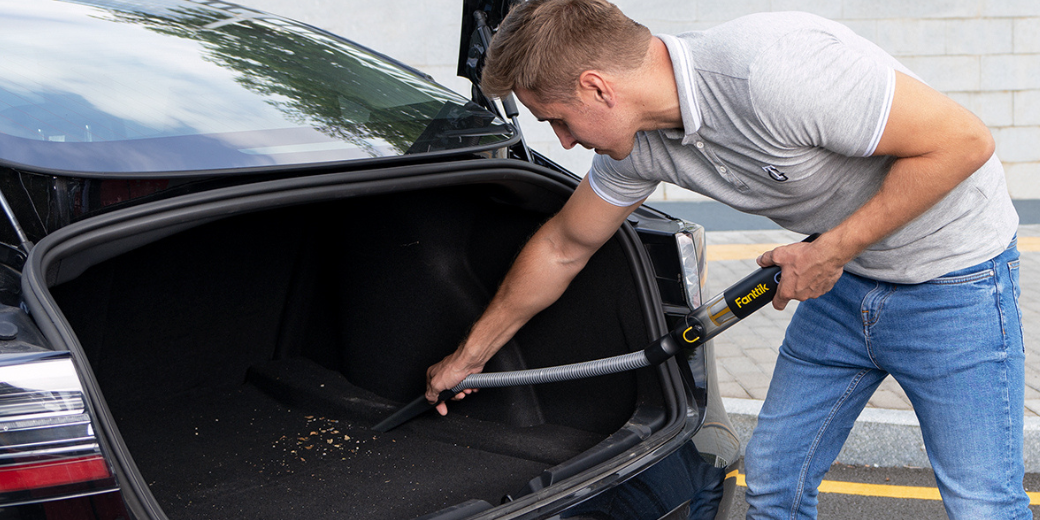

Leave a comment
All comments are moderated before being published.
This site is protected by hCaptcha and the hCaptcha Privacy Policy and Terms of Service apply.